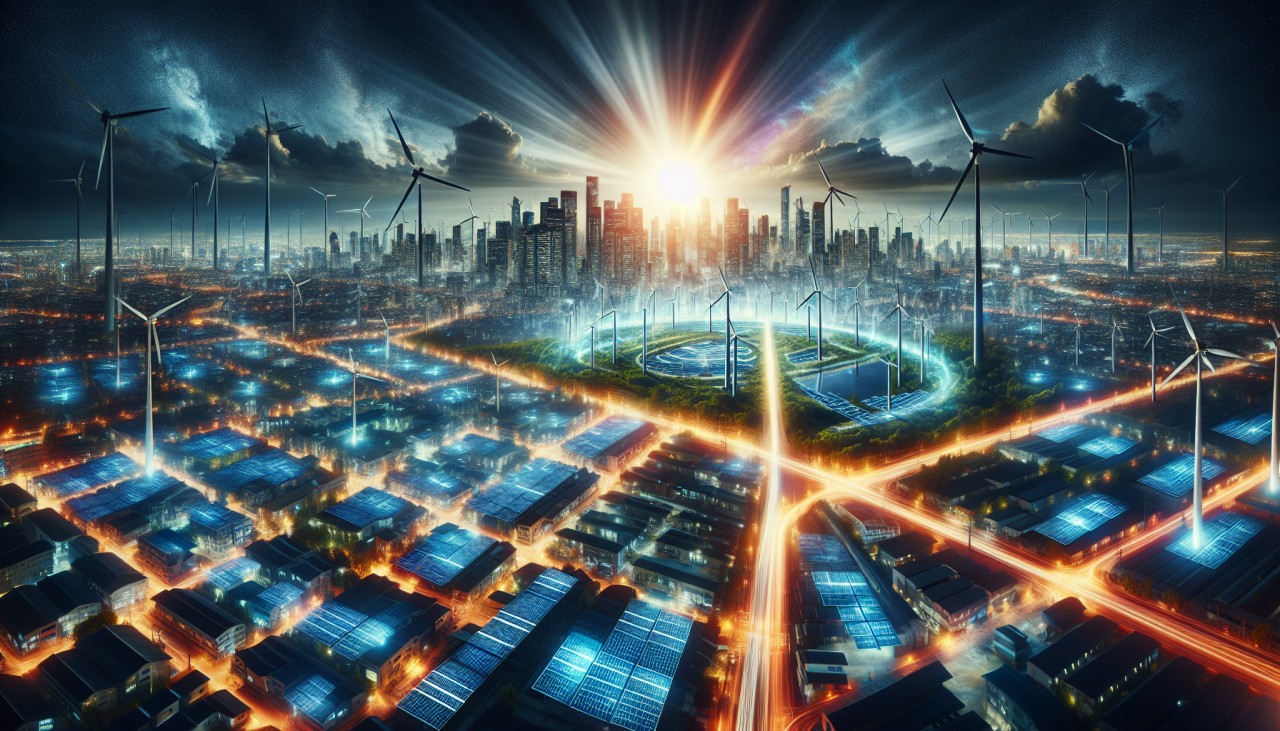


In 2024, the world witnessed a remarkable surge in renewable energy adoption, with wind, solar, and other green technologies contributing to 74% of electric power growth and 92.5% of new electricity capacity added globally. This shift signifies a pivotal moment in the clean energy transition, as renewables are now the dominant source of new power generation. Solar power, in particular, has become increasingly cost-effective, with its price dropping by 41% compared to the lowest-cost fossil fuels, making it a competitive and sustainable energy option. apnews.com
Despite these advancements, challenges remain, especially in developing regions where high financing costs hinder the widespread adoption of renewable energy. For instance, Africa contributed less than 2% of new green energy capacity in 2024, highlighting the need for targeted investments and supportive policies to accelerate the transition in these areas. Additionally, the global energy landscape is experiencing shifts due to policy changes and geopolitical factors, which can impact the pace and direction of the clean energy transition. Nonetheless, the overall trend towards renewable energy is clear, and with continued investment and innovation, the world is on a path toward a more sustainable and resilient energy future. apnews.com